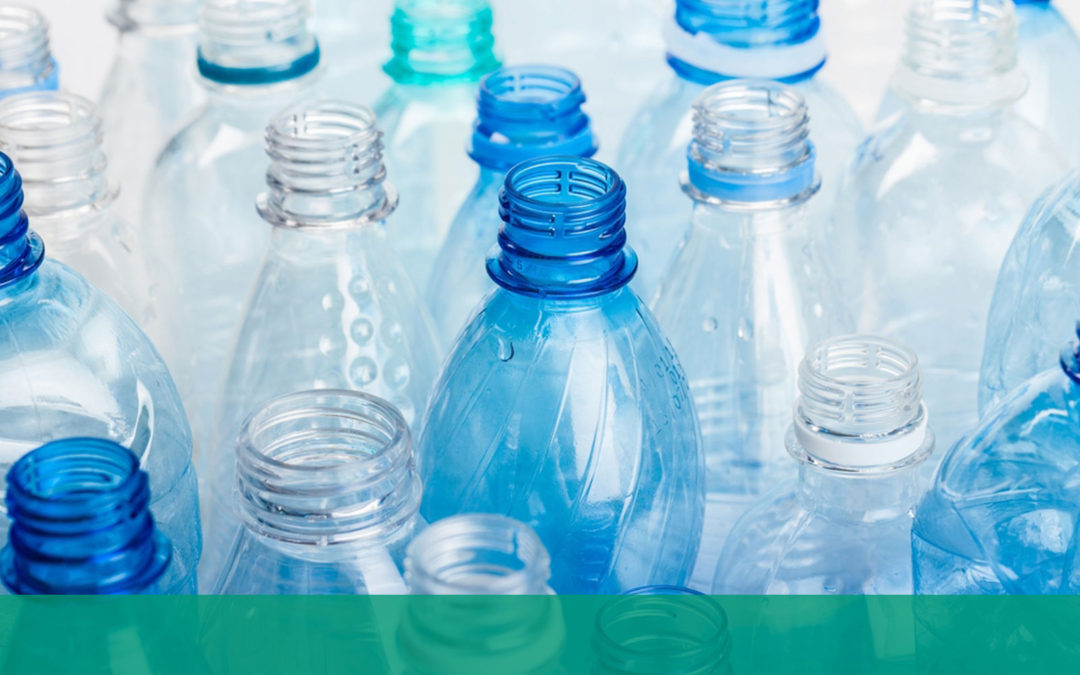I grew up pretty much surrounded by plastic. I played with it, ate on it, sat on it, walked on it in the hallways. It covered a lot of the home I grew up in. My exposure came from plastic toys, plastic plates and cups, plastic-covered kitchen chairs, and plastic-lined carpet in higher trafficked hallways. Chances are you have had significant exposure in your life, as well.
BPA (bisphenol A) is a plasticizer that has received a lot of press. It has been used in food packaging since the 1960s and can even be found in store receipts and metal can coatings, which protect the food from directly contacting metal surfaces. According to government tests, 93 percent of Americans have BPA in their bodies, as measured with urine tests. But unfortunately, BPA is not inert.
One of the ways it disrupts how our body functions is as an endocrine disruptor. This means that it interferes with the normal functioning of our hormone system. It has been found to promote weight gain, cardiovascular disease, and insulin resistance at fairly low levels in animals. BPA exposure has also been linked to increased risk of breast and prostate cancer, diabetes, liver disease, early puberty, childhood obesity, autism, and hyperactivity.
Children metabolize the chemical more slowly than adults, putting them especially at risk. In 2012 and 2013, BPA was banned from baby bottles, sippy cups, and infant formula containers. By and large, society has pretty much become aware that BPA is not good for us, but this does not mean we are no longer exposed to the ill effects of plastic.
Our natural inclination is to identify and eradicate the bad guy. We think that if we are drinking out of water bottles or eating out of plastics that say BPA-free on them, we’ve solved the problem. However, when it comes to how plastics harm us, the picture is more complicated. Take for example the ubiquitous plastic water bottle. While it does not contain BPA, it contains other compounds that are not benign.
In 2020, 15 billion gallons of bottled water were sold in the United States. A 2015 statistic stated that Americans go through 1,500 water bottles every second; and globally, it is estimated that we go through roughly 200 billion plastic water bottles annually.[i] Sadly, we drink twice as much soda, largely from plastic bottles, as well.
While we could discuss what the empty plastic bottles are doing to the environment, I want to focus on what it is doing to us, internally. You see, while water may be filtered or tested prior to entering the plastic bottle, we’re not filtering or testing it before it enters your mouth.
I found an interesting article suggesting that we could be ingesting the equivalent of a credit card of plastic a week, according to a 2019 study by WWF (World Wildlife Fund) International. In a month, this might look like a 4 x 2 Lego, and in a year, the amount of plastic in a fireman’s helmet.[ii] In fact, the Thomson Reuters Foundation estimates that a human consumes 44 pounds of plastic throughout the course of their lifetime. Could this really be true? Whether these suggested amounts are completely accurate or not, the fact remains that no amount of ingested plastic is good for us. No one is intentionally chewing on and consuming plastic. The problem, though, is that plastic comes in contact with a lot more of our food and drink than we may realize, and this exposure results in the food and drink being contaminated with plastic in a microplastic form. By microplastic we are referring to tiny microparticles that result from plastic products breaking down; and yes, even though you cannot see them, they can be found in bottled water.
Eleven brands of bottled water, purchased in 19 locations in nine different countries were examined. “Of the 259 total bottles processed, 93% showed some sign of microplastic contamination…. Data suggests the contamination is at least partially coming from the packaging and/or the bottling process itself. While plastic will break into smaller and smaller particles via photo-oxidative mechanisms, the fundamental molecular structures of the material change very little throughout that process. Plastics become microplastics become nanoplastics, but they are all plastics, just of increasingly smaller size, allowing them to be more easily ingested and perhaps even cross the gastrointestinal tract to be transported throughout a living organism.”[iii]
The question becomes, how is this affecting us? We will address this question next month.
[i] NIH National Library of Medicine – Synthetic Polymer Contamination in Bottled Water
[ii] Thomson Reuters Foundation News – Wider Image – How Much Plastic Are You Eating?
[iii] NIH – National Library of Medicine – Synthetic Polymer Contamination in Bottled Water


